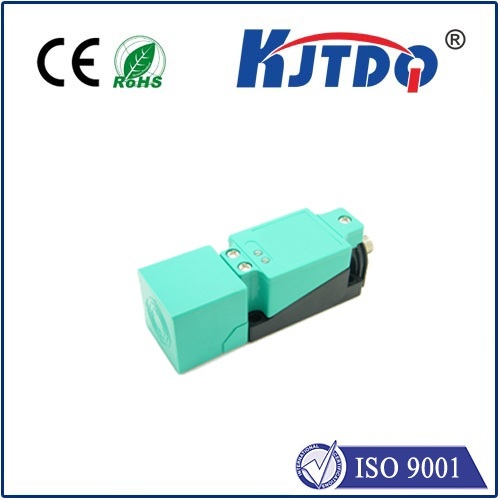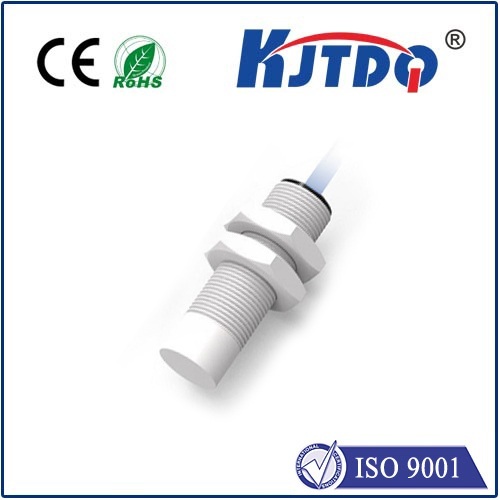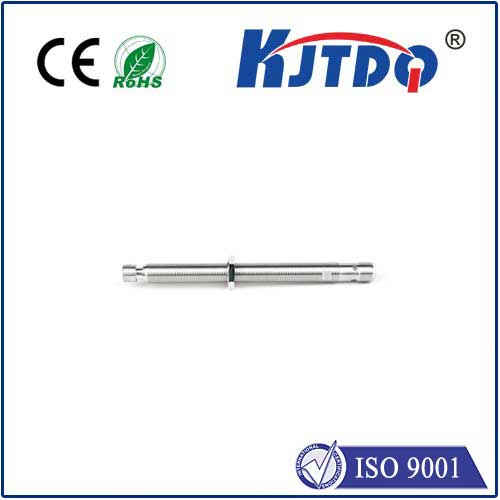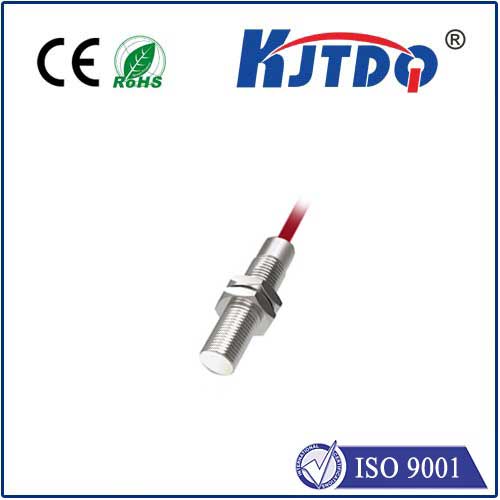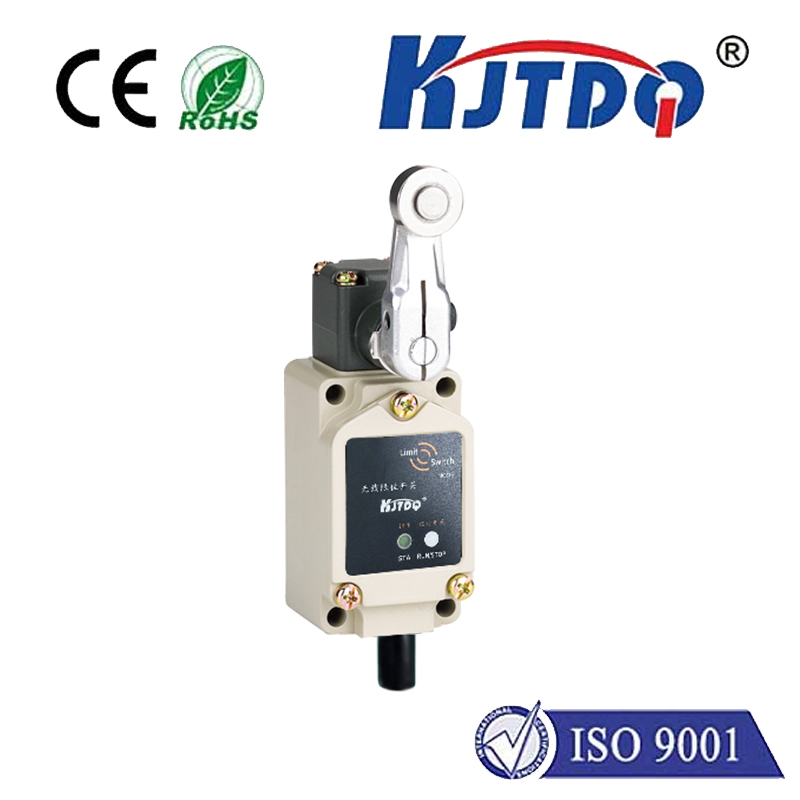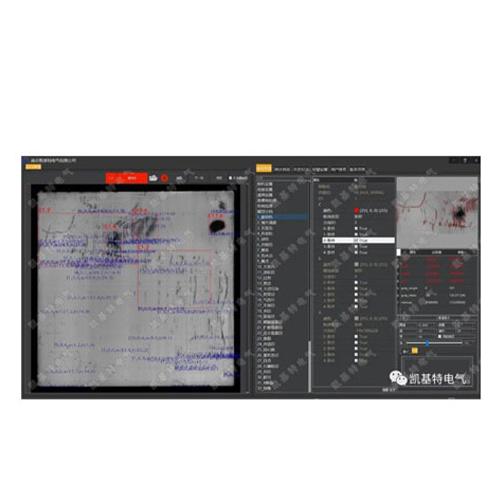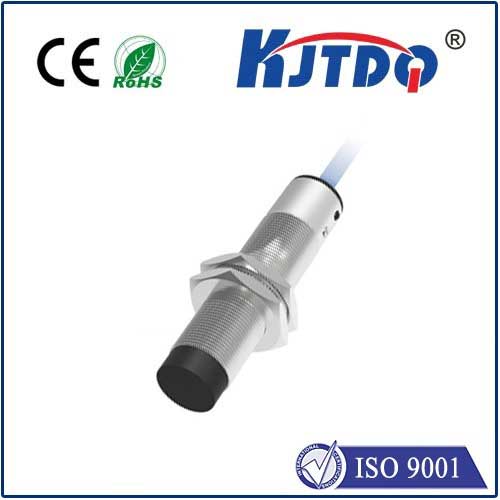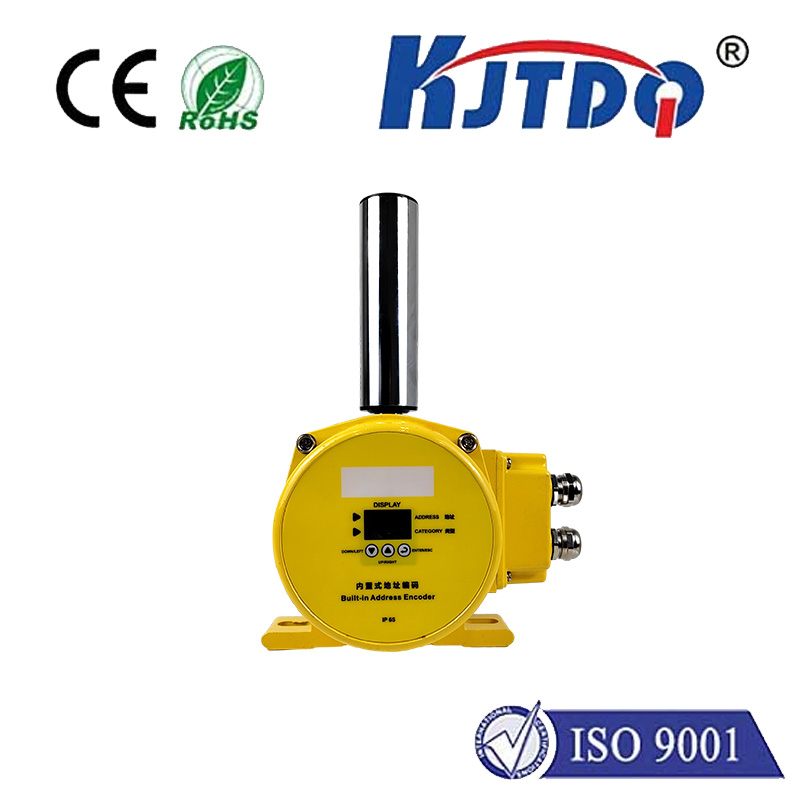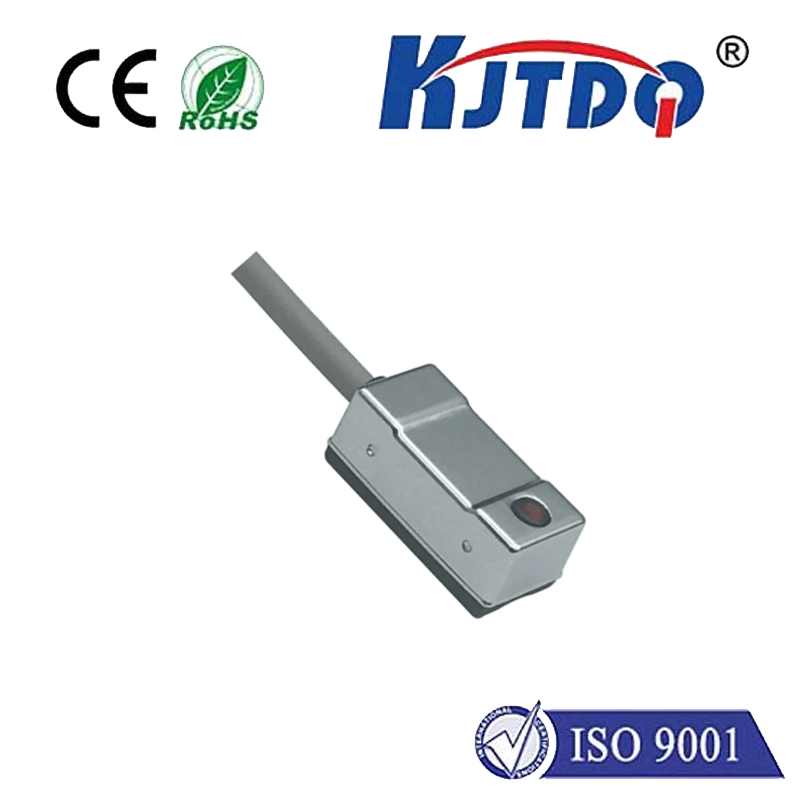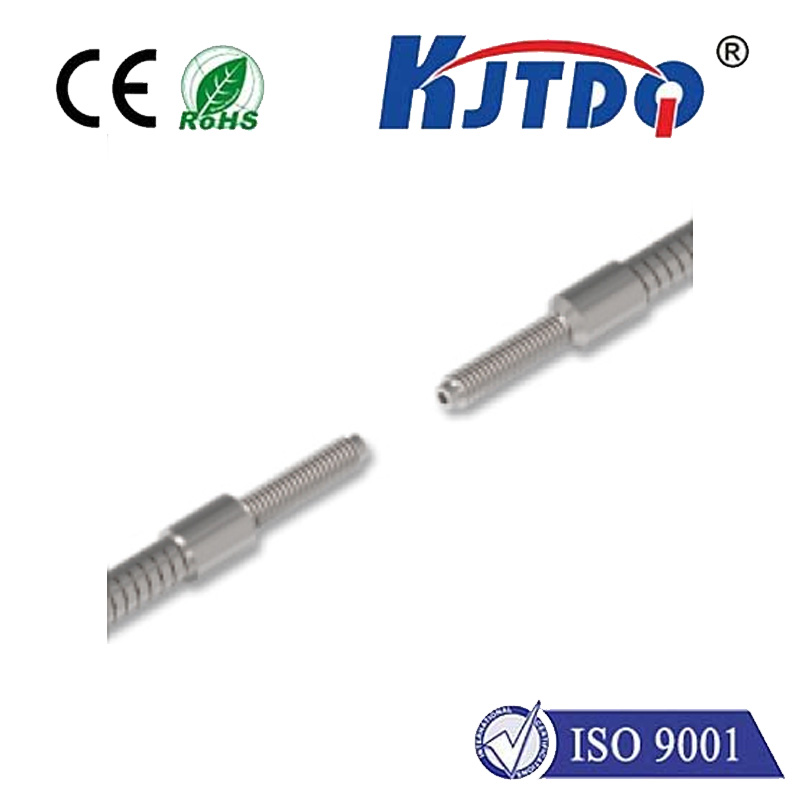

check

check

check

check

check

check

check

check

check

check

Diffuse Photoelectric Sensor: A Revolution in Sensing Technology” In the world of sensing technology, the diffuse photoelectric sensor stands out as a revolutionary tool. This innovative device is designed to detect the presence of objects or people by measuring the amount of light that is reflected off them. The working principle of this sensor is based on the interaction between light and matter, making it an essential component in various applications such as automatic door controls, security systems, and industrial automation. The Working Principle of Diffuse Photoelectric Sensors At its core, a diffuse photoelectric sensor consists of a light source, typically a LED or laser diode, and a photodetector. The light source emits a beam of light that spreads out over a wide area. When an object enters the field of view of the sensor, some of the light is reflected back towards the photodetector. The intensity of the reflected light depends on the distance between the object and the sensor, as well as the reflectivity of the object’s surface. By measuring this intensity, the sensor can determine the position or movement of the object. Advantages of Using Diffuse Photoelectric Sensors One of the key advantages of using diffuse photoelectric sensors is their ability to operate reliably in harsh environments. Unlike other types of sensors that may be affected by dust, moisture, or vibrations, diffuse photoelectric sensors are immune to these factors. Additionally, they offer high sensitivity and fast response times, making them ideal for applications where precision and speed are critical. Applications of Diffuse Photoelectric Sensors Diffuse photoelectric sensors have found widespread use in various industries due to their versatility and reliability. In automatic door controls, these sensors detect the presence of people or objects blocking the door’s path, triggering the opening or closing mechanism accordingly. In security systems, they are used to detect intrusions or unauthorized access by monitoring the movement of people or vehicles within a designated area. Industrial automation also benefits from diffuse photoelectric sensors, which are used to monitor conveyor belt speeds, count products, and detect defects in materials. Conclusion The diffuse photoelectric sensor is a game-changing tool in the field of sensing technology. Its ability to reliably detect objects and people in various conditions makes it an indispensable component in numerous applications across different industries. As technology continues to advance, we can expect even more innovative uses for this remarkable sensor, further expanding its impact on our everyday lives.
